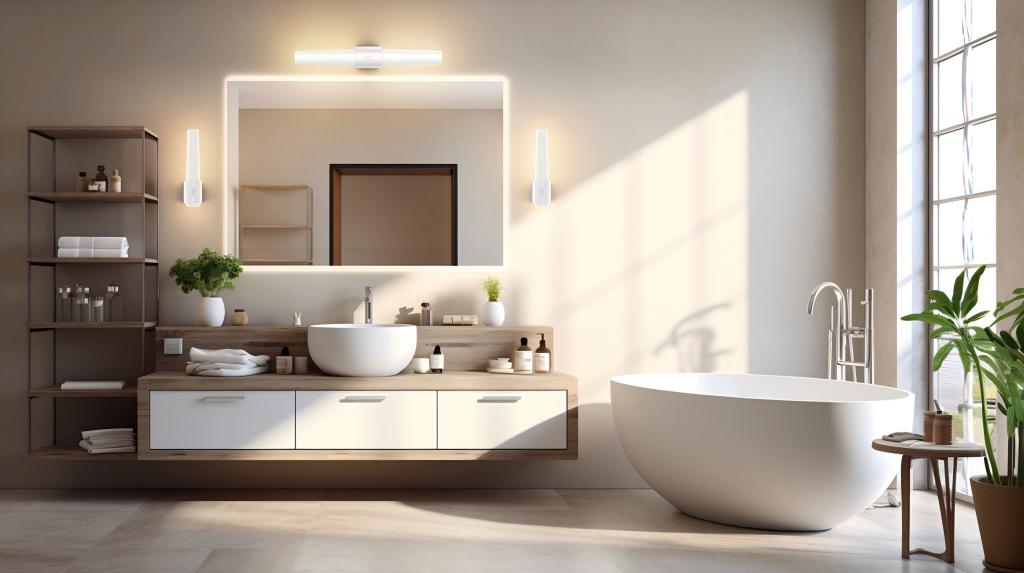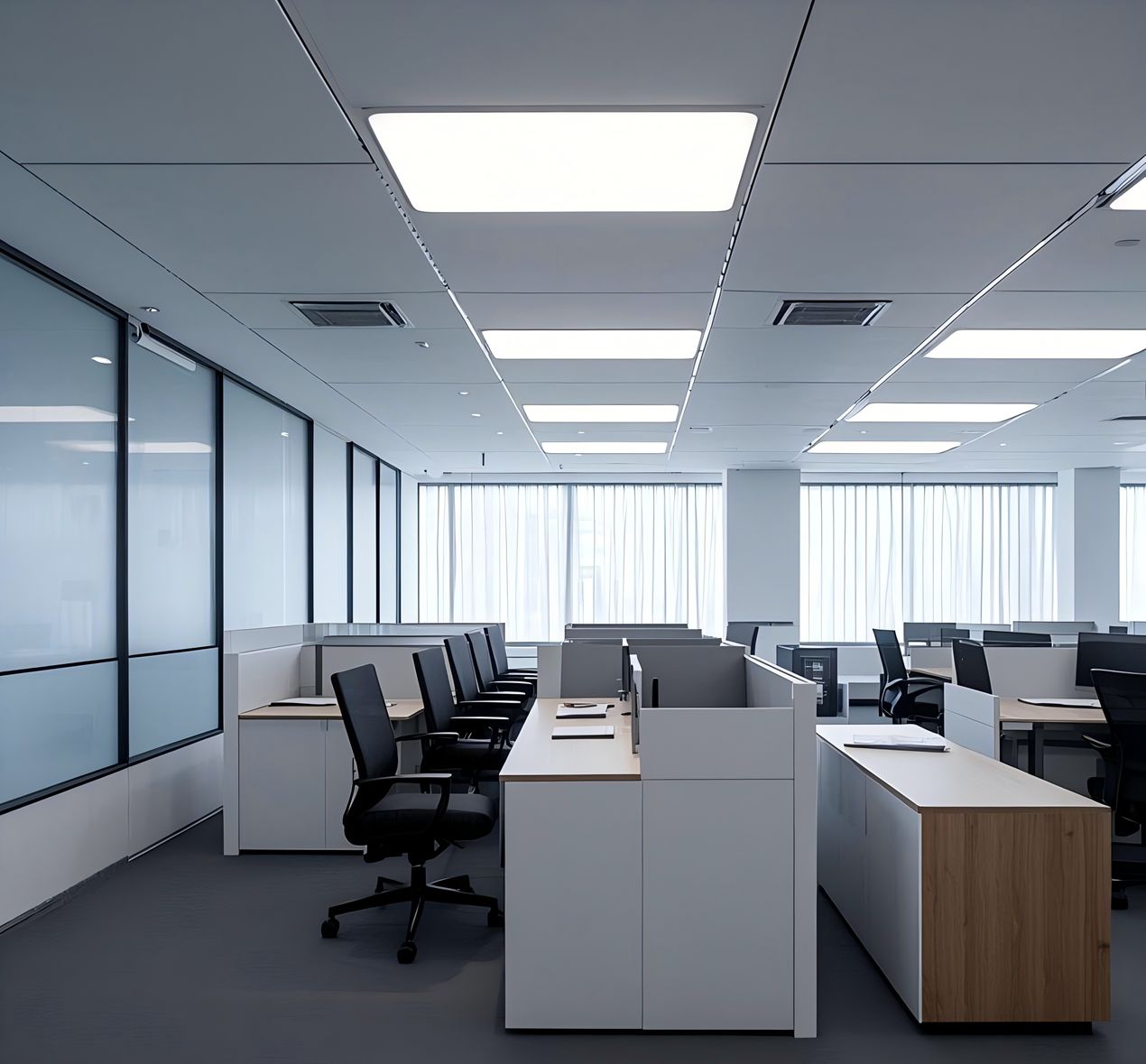The lighting requirements for a sushi restaurant can vary depending on the desired ambiance and design aesthetic. However, as a general guideline, it is recommended to have approximately 50-75 lumens per square foot (538-807 lumens per square meter) of space for a well-lit restaurant.

Considering your 50-square-meter sushi restaurant, you can estimate the lighting requirements by multiplying the area by the recommended lumen range. Let's use the lower end of the range (50 lumens per square meter) for a moderately lit space:
50 lumens/m² * 50 m² = 2500 lumens
Therefore, a rough estimate for the lighting lumen output for your 50 square-meter sushi restaurant would be around 2500 lumens. Keep in mind that this is just a general guideline, and you may need to adjust the lighting levels based on your specific design preferences and the atmosphere you want to create in your restaurant.

Certainly! When it comes to lighting a sushi restaurant, there are a few factors to consider beyond the basic lumen requirements. Here are some additional details to keep in mind:
Lighting Design
The design of your lighting setup can significantly impact the ambiance and overall dining experience. Consider using a combination of ambient, task, and accent lighting to create a visually appealing and functional space. Ambient lighting provides general illumination, task lighting focuses on specific areas such as food preparation areas or sushi bars, and accent lighting highlights architectural features or decorative elements.
Color Temperature
The color temperature of the light bulbs you choose can affect the mood and aesthetics of your restaurant. Sushi restaurants often opt for cooler color temperatures in the range of 4000-5000 Kelvin to create a bright and clean atmosphere. However, you can also experiment with warmer color temperatures to create a cozier or more intimate vibe, depending on your desired ambiance.
Lighting Fixtures
Choose lighting fixtures that align with the style and theme of your sushi restaurant. Consider using fixtures that have a sleek and modern design, such as recessed or track lighting, to complement the clean aesthetic often associated with sushi restaurants. Pendant lights or decorative fixtures can add a touch of elegance or create focal points in specific areas.
Dimming and Control
Installing dimmers and lighting controls can give you the flexibility to adjust the lighting levels based on different occasions or dining preferences. Dimming the lights during evening hours or for a more intimate dining experience can create a warm and inviting atmosphere.
Natural Light
If your sushi restaurant has windows or skylights, take advantage of natural light during the daytime. Incorporate window treatments that allow for diffused light while minimizing glare. Natural light can enhance the overall dining experience and provide a sense of connection to the outside environment.
Energy Efficiency
Consider using energy-efficient lighting solutions, such as LED bulbs, to minimize energy consumption and reduce maintenance costs. LED lights are long-lasting, produce less heat, and offer a wide range of color temperatures to suit your design preferences.

Remember, these are general guidelines, and the lighting design for your sushi restaurant should align with your brand, target audience, and overall concept. It's always a good idea to consult with a professional lighting designer or architect who can help you create a lighting plan that meets your specific requirements and enhances the dining experience for your customers.










